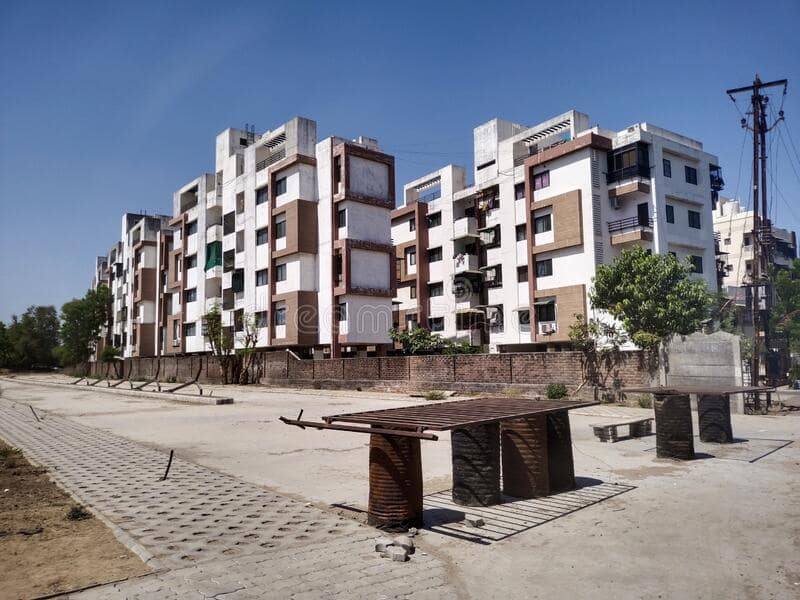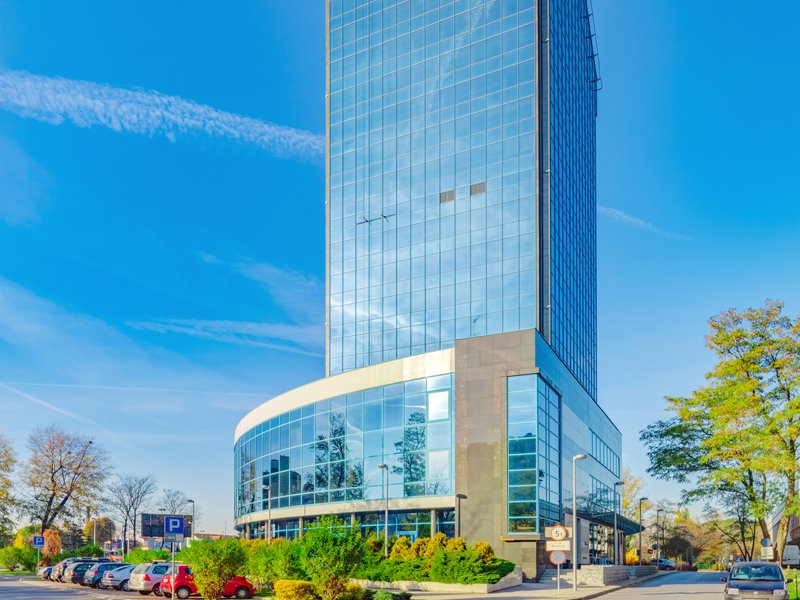You walk right into a space as well as the lights switch on. You recall as well as the lights are off in the area you simply left. The temperature is ideal. You leave for job and all of your doors secure themselves. Your protection system is armed instantly. Have you unintentionally tipped through a time warp into the house of the future? Are you on the set of the most recent sci-fi smash hit? No. This is not the stuff of fantasy; this is the truth these days’s “wise” residence. As well as it’s obtaining “smarter”.
With sensing units to spot temperature, humidity, air top quality – also carbon monoxide gas or radon, these structures are commonly much more knowledgeable about their atmospheres than the people who occupy them.
Obviously the “smart” residence is one sort of smart structure, however most of wise structures are not residential; they are industrial or local. Today, developing automation systems are used to warm as well as trendy specific areas or areas, control protection cameras and alarm systems, lights, water circulation systems, elevators – generally, if it moves or transforms, it can be automated.
Today, we have numerous buildings full of sensing units, controllers, as well as smart home appliances. As the technology is currently recognized to assist in minimizing energy intake and also managing exhausts, we can all be confident that we will certainly see a lot more in the future. Actually, we are seeing the emergence of whole “wise” cities.
The Tip of the Iceberg
With the development of smart structure modern technology, we go to the precipice of a globe very various from the one we understand. We are soon to see whole wise communities made up of wise buildings, wise autos that drive themselves on smart freeways lined by clever road indicators as well as clever signboards.

As well as why are these smart buildings and also smart cities required? Haven’t we done just fine without them? While that is definitely debatable, it is becoming difficult to reject that metropolitan areas around the world have frameworks that are drastically strained by ever-increasing populations. The World Health Company reports that in 2010 more than half of the globe’s populace lived in cities. They approximate that the number will raise to 60% by 2030. The United Nations approximates it will certainly more than 70% by 2050. With power circulation systems, water management systems, sanitation systems, transportation systems as well as more overloaded by enhanced demand, as well as with the budget restraints that the majority of communities face, there is a solid push towards raised efficiency as well as sustainability in cities worldwide. Additionally, numerous federal governments are now applying laws mandating cleaner technologies as well as minimized exhausts.
The globe in which we live is changing, as is the means we stay in it. There are some evident benefits, and also as with any kind of modification there are some significant issues.
What’s the Downside?
In the midst of every one of the excitement regarding cleaner, more effective cities with much less waste and lower emissions, a couple of voices still can be heard weeping “Stay out of my organization, big brother!” So, what happens when these technologies end up being tools for policing the population? Exists a line that has been crossed when some organization makes a decision when your doors should be locked? Or what concerning whether or not your vehicle will start? What if automation technology can be utilized to reject services to people based on arbitrary standards? Are we moving also swiftly right into the future?
If you would like further information about a smart building, please visit Brunata.dk.




